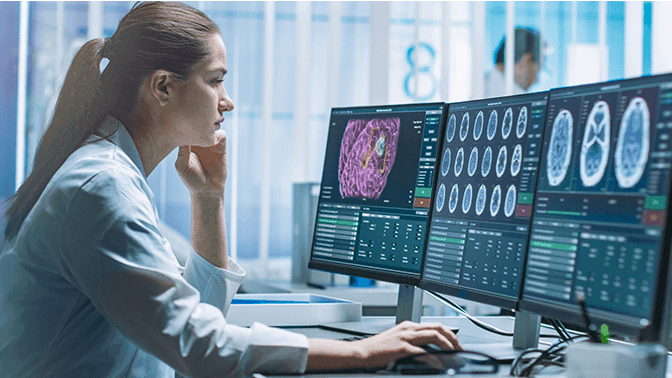
Unraveling MND and ALS for Hope Amidst Progression
Research advances for enhanced therapies to improve the lives of patients.

MND is the short term for motor neurone disease, which affects the nerves known as motor neurones. These nerves are found in the brain and spinal cord and they help tell your muscles what to do. Amyotrophic lateral sclerosis (ALS), is the most common form of MND, with weakness and wasting in the limbs, muscle stiffness and cramps. Someone may notice they are tripping when walking or dropping things. In the UK, motor neurone disease (MND) is used as an umbrella term to cover all forms of the disease. In the USA, ALS is used as the umbrella term.
With MND messages from the motor neurones gradually stop reaching the muscles leading to weaken, stiffen and waste, which can affect how you walk, talk, eat, drink and breathe. Some people also get changes to their thinking and behaviour, but the disease affects everyone differently. Not all symptoms will affect everyone, these can appear in different order for each individual, but you may be diagnosed with a particular type, due to the way your symptoms appear. There are four types of MND: the most common form is ALS followed by Bulbar onset MND or Progressive bulbar palsy (PBP), Progressive muscular atrophy (PMA) and Primary lateral sclerosis (PLS).
MND is life-shortening and there is no cure. Although the disease will progress, symptoms can be managed to help achieve the best possible quality of life. Six people are diagnosed every day. Up to 5,000 people are fighting MND at various stages of the disease. Six people die each and every day.
MND affects up to 5,000 adults in the UK at any one time. There is a 1 in 300 risk of getting MND across a lifetime. It can affect adults of any age, but is more likely to affect people over 50.
Once MND starts, it invariably progresses, leading to a profound loss of basic functions. Individuals typically experience losing the ability to walk, dress, write, speak, swallow, and breathe. The prognosis for those diagnosed is bleak, MND kills a third of people within a year and more than half within two years of diagnosis. These realities underscore the urgent need for research and support to combat this devastating condition.
Early symptoms of MND often include muscle weakness or stiffness. Progression of weakness, wasting, and paralysis of the muscles of the limbs, trunk, and those that control vital functions generally follows. What differs most for every person is how fast and in what order symptoms and progression occur.
There is no single test to diagnose MND. Healthcare providers conduct physical and neurological exams to test reflexes, muscle strength, and other responses. Muscle and imaging tests such as electromyography (EMG), a nerve conduction study (NCS), or magnetic resonance imaging (MRI), as well as blood and urine tests, may be done to rule out other diseases and confirm the diagnosis.
At the present time, there is no treatment to reverse damage to motor neurons or cure MND. Available treatments are utilized to ease symptoms, prevent complications, and slow disease progression. Medications may be prescribed to help manage muscle cramps, stiffness, excess saliva, unwanted episodes of crying or laughing, pain, depression, sleep disturbances, or constipation.
Currently, there is a single drug, riluzole, approved by the European Medicines Agency (EMA) to treat MND that prolongs life. Over the next few years, Europe can anticipate the approval of additional therapeutic options. Globally, there are many clinical trials investigating various treatments for MND.
Medical management, carried out by a multidisciplinary team of healthcare professionals, seeks to sustain patients’ independence and comfort for as long as feasible. Physical therapy, dietary advice, and speech therapy are crucial components. As research advances, scientists are delving into the mechanisms driving motor neuron degeneration, exploring genetics, and developing potential biomarkers to gauge disease presence and progression. Numerous experimental treatments, spanning gene therapies, antibodies, and cell-based interventions, are also being investigated.
With ALS cases predicted to increase to nearly 380,000 worldwide by 2040, ongoing research for both MND/ALS offers hope for enhanced therapies in the future, striving to improve the lives of patients and their families.
To learn more about MND/ALS, click here to read our clinical bulletin.